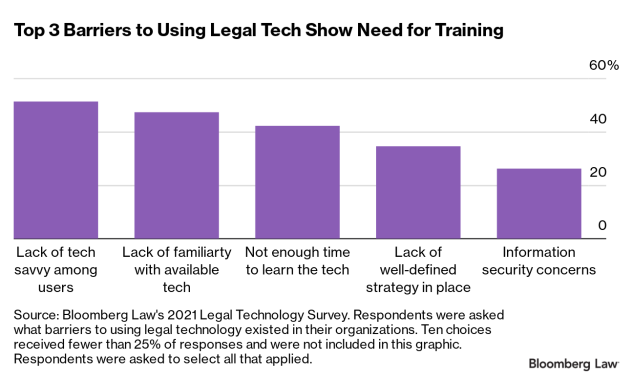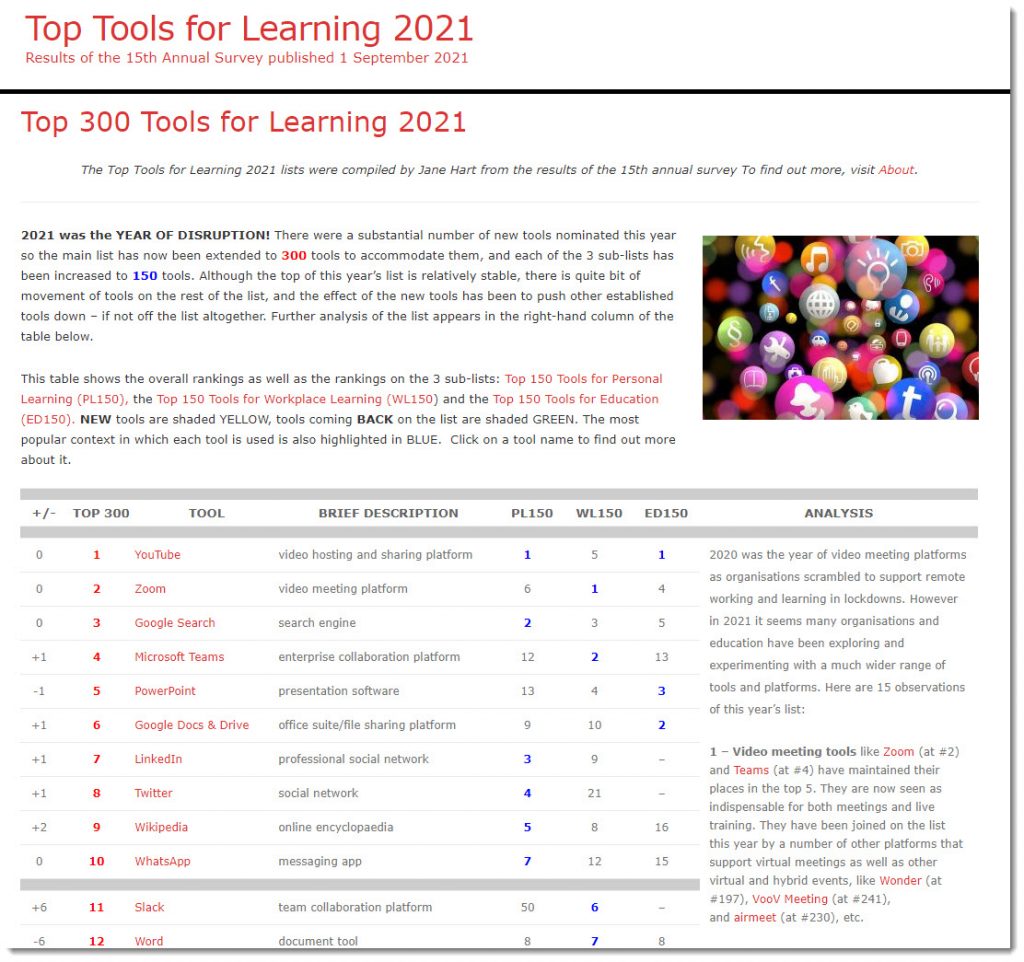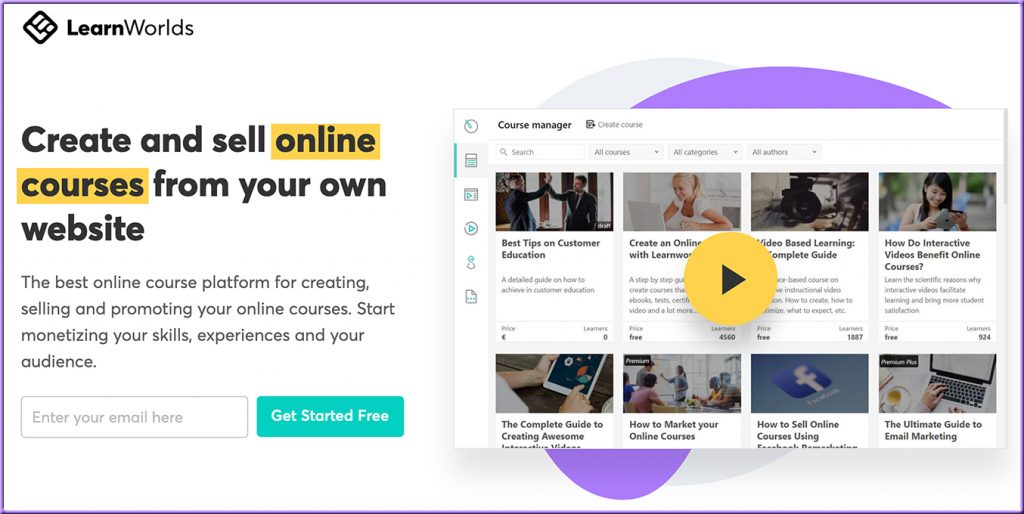Can colleges compete with companies like Coursera? — from highereddive.com by Rick Seltzer
Arthur Levine discusses how trends like personalized education are unfolding, what’s driving them, and what can go right or wrong for colleges.
Excerpt:
They say colleges will see their control over the market slip while consumers increase their power. New content producers like companies and museums are entering the postsecondary market. Students will often prioritize personalized education and low prices. Measuring learning by time in seats will transition to outcome-based education. Degrees won’t necessarily be the dominant form of credential anymore as students turn to “just-in-time education” that quickly teaches them the skills for microcredentials they need for the labor market.
For higher education to be successful, you have to have its feet in two worlds. One world is the library, and that’s human heritage. And the other is the street. That’s the real world, what’s happening now. It’s jobs, it’s the workplace.
What happens when we change quickly is we continue as institutions to keep our hold on the library, but we lose traction in the street.
Institutions have to reestablish their traction. They have to prepare students for careers. They have to prepare students for the world…
From DSC:
I also like the part where is says, “So you’ve got to ask yourself, what are they offering that would draw people there? One thing they are offering is 24/7. Another thing that they’re offering is unbundled. Another thing they’re offering is low cost, and that’s very appealing.”
















